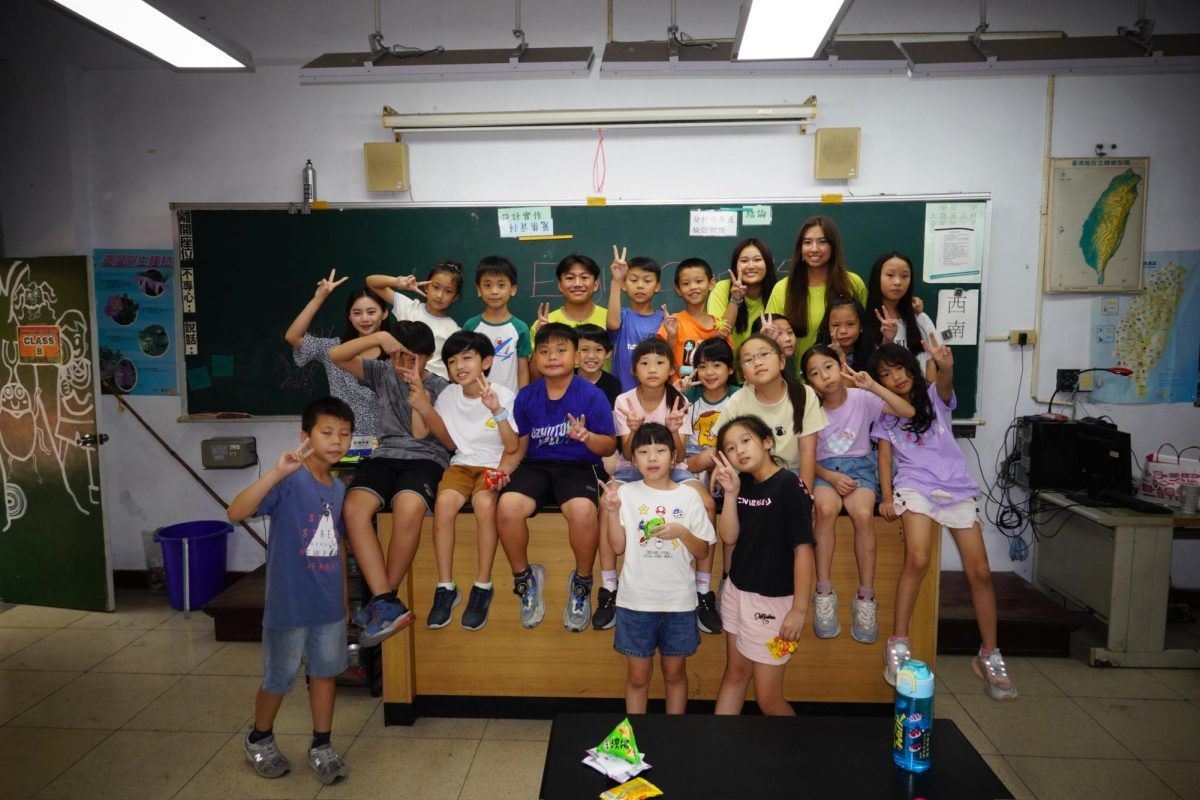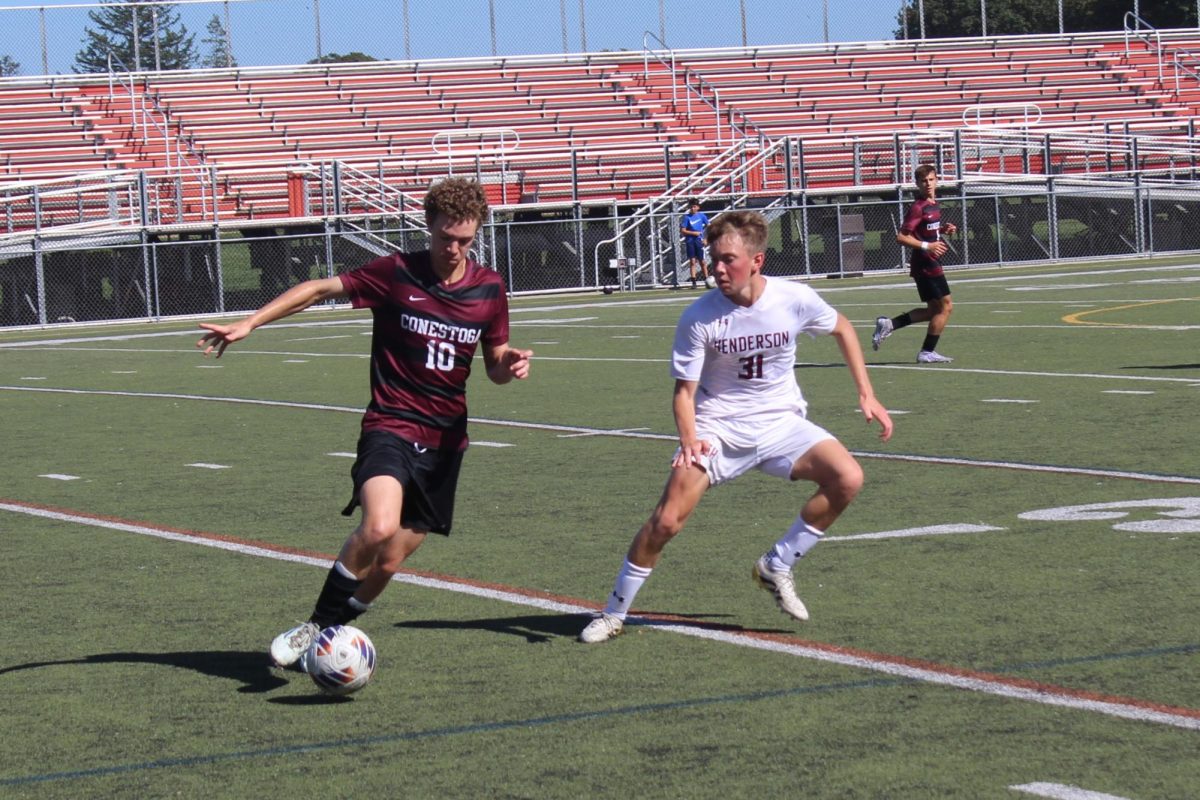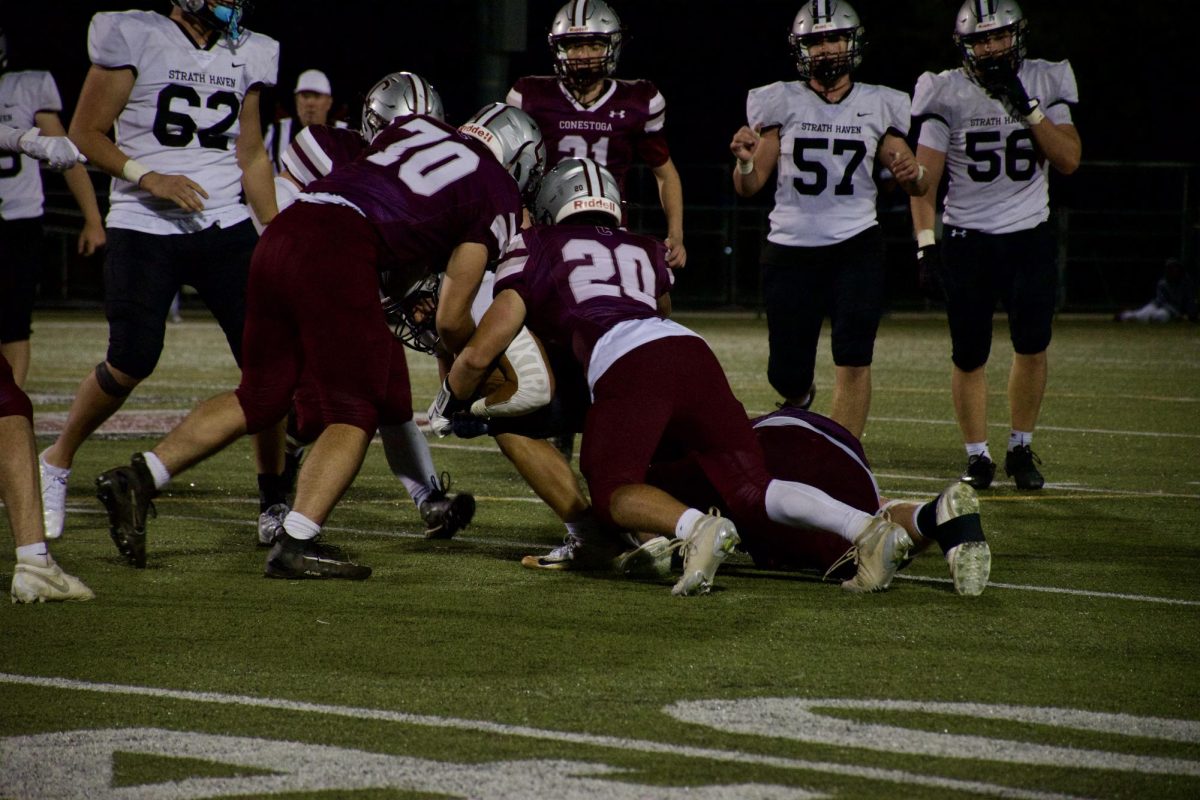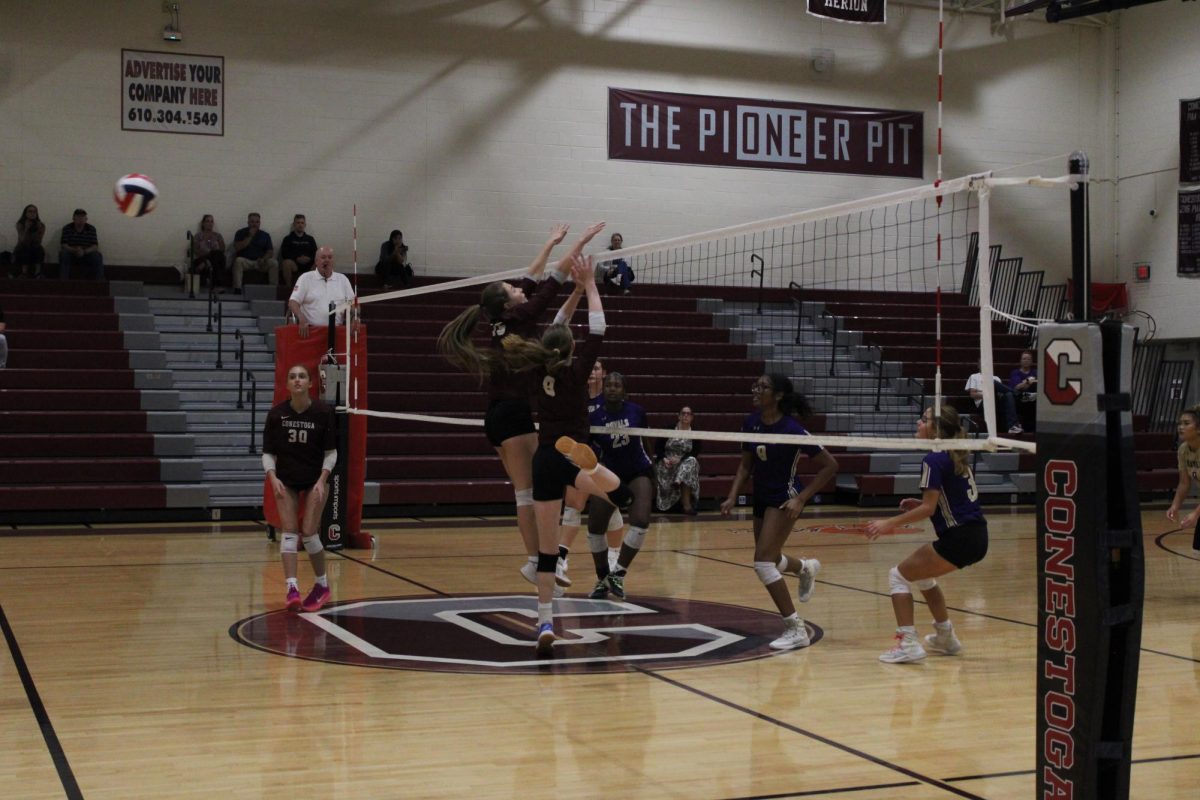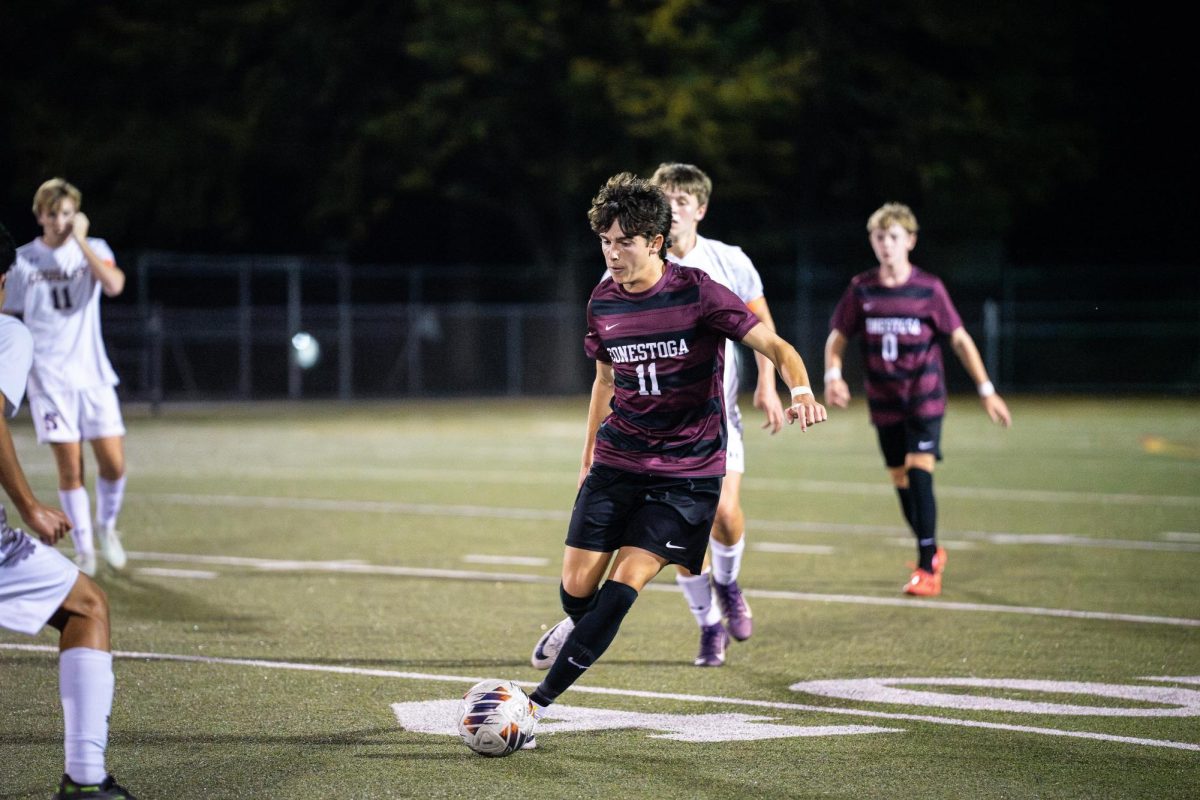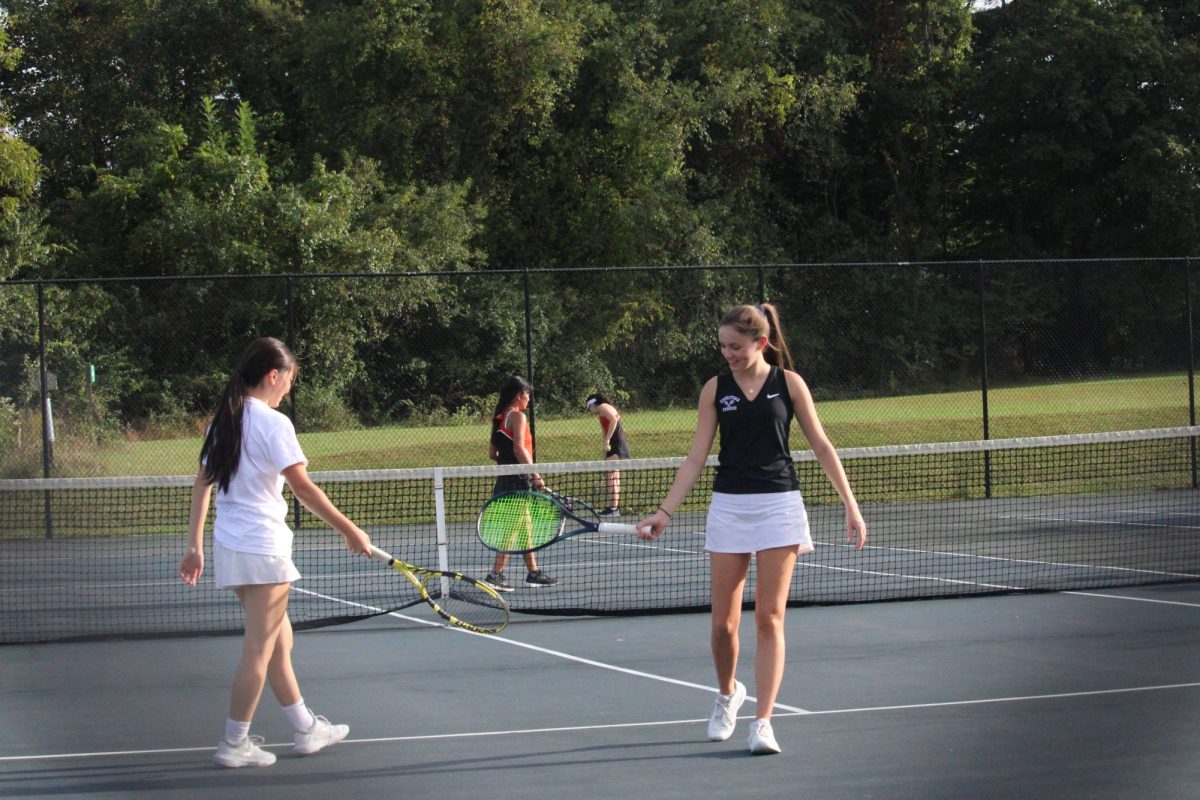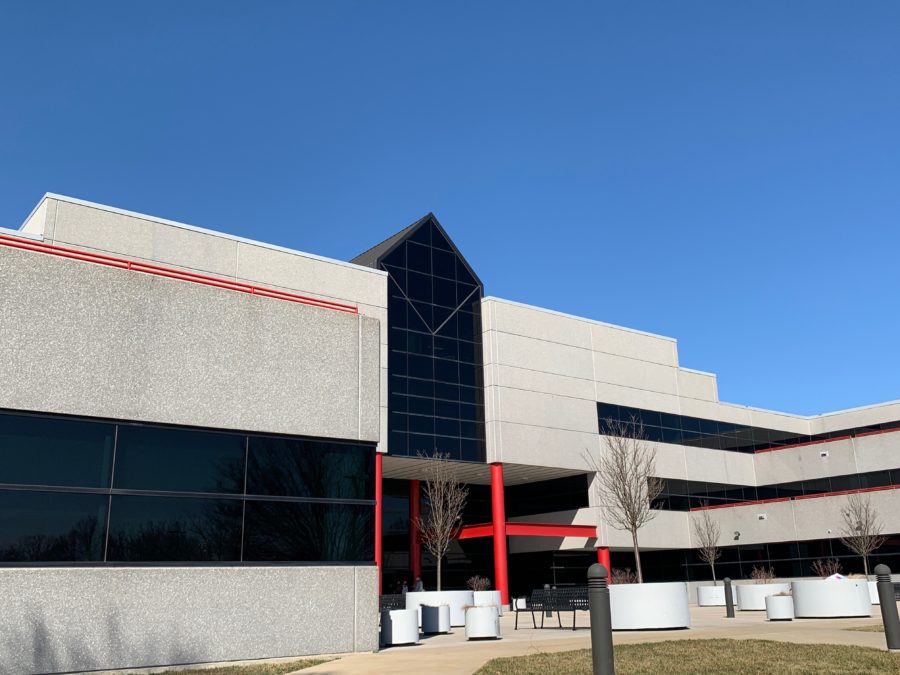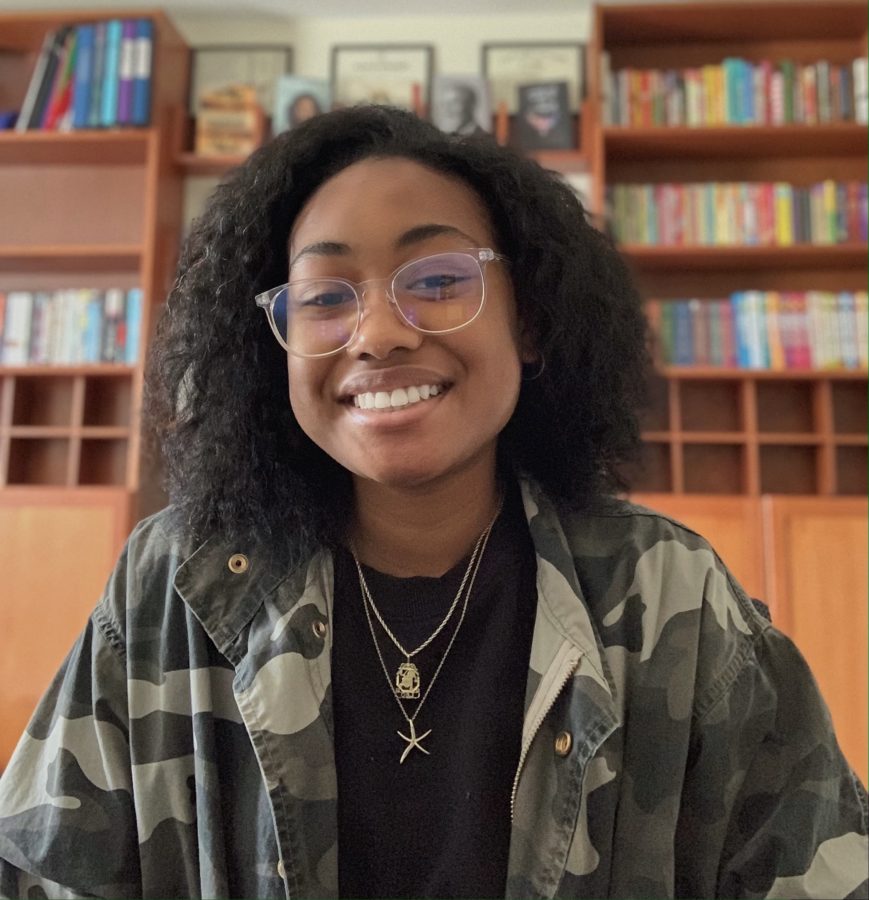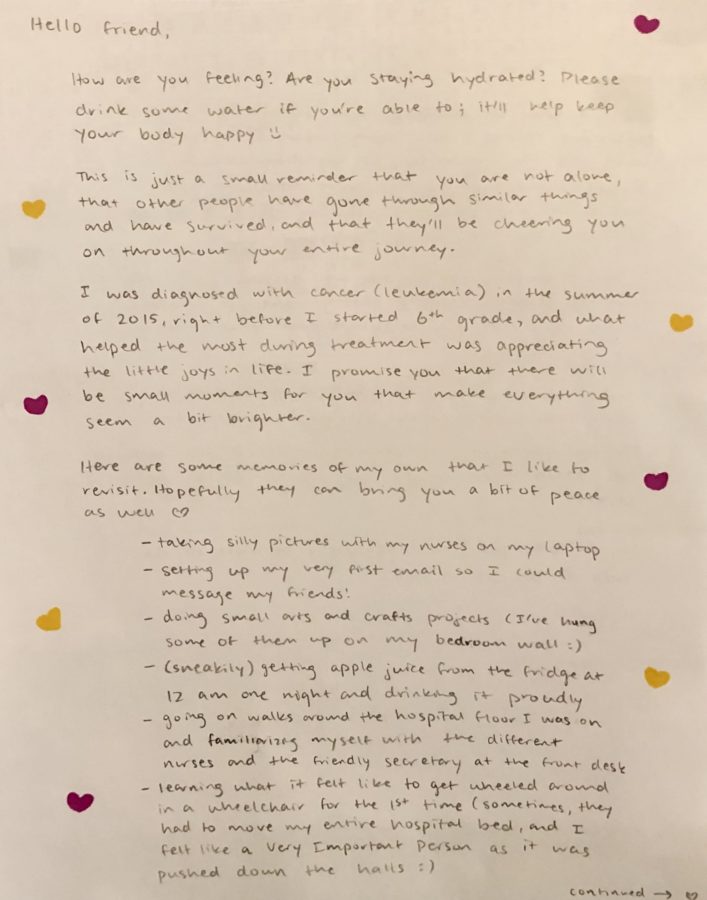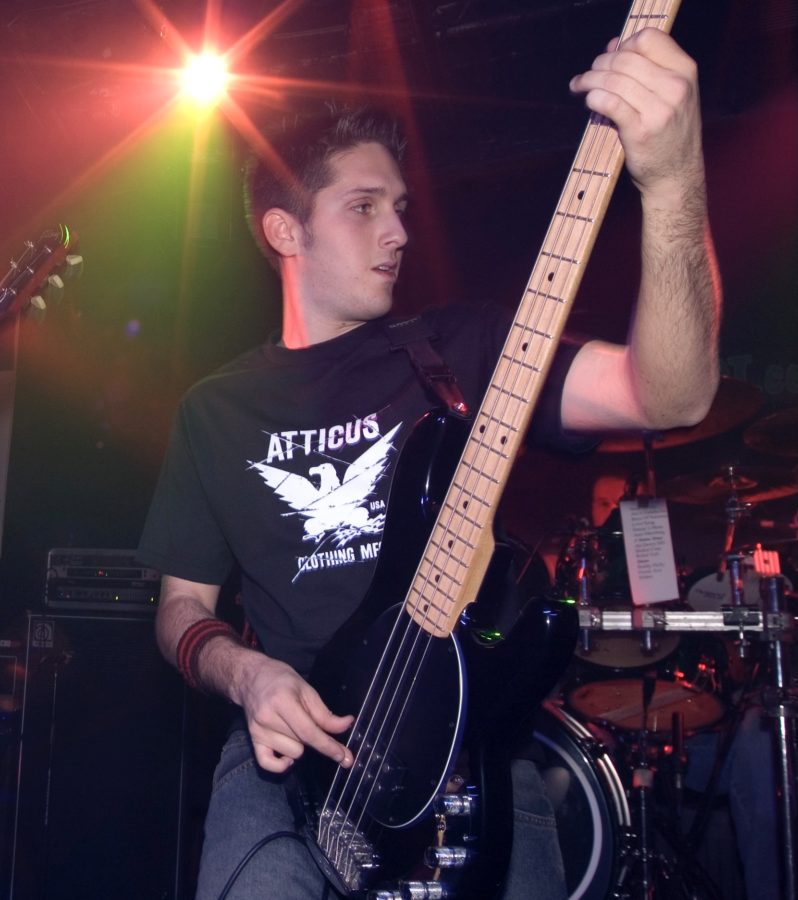By Alexis Costas, Staff Reporter
At the annual Conestoga Unity Fair in February, the African-American Student Union hosted a showing of Villanova University’s student-produced short film, “Sankofa,” as well as a discussion afterwards.
Focused on the lasting global impacts of slavery on black masculinity, the movie compars and contrasts the lives of black men living in Philadelphia and Ghana. Since its release, the film has collected many awards, including the gold medal for Documentary/Domestic films at the 2019 Student Academy Awards. However, according to the film’s faculty adviser and executive producer, Hezekiah Lewis, the process of making the film was the most important part.
“The product really speaks for itself. Taking my students (to Ghana) to give them an opportunity to share that sense of history but also the opportunity to really understand the importance of going back and learning from our past to find constructive ways to move forward (…) that’s the mission, to invoke positive social change,” Lewis said.
Even the film’s title lends itself to the idea of making positive advancements by recognizing the past.
“‘Sankofa’ literally means ‘go back and fetch it.’ You need to go back to your past in order to understand the present. African-American history did not start with slavery, it interrupted it,” said “Sankofa”’s student director, Princess Garrett, during her acceptance speech at the 2019 Student Academy Awards.

Credit: Courtesy Valerie Durant
“Sankofa” was also shown at the February TESD Diversity Committee meeting, where teachers, parents, community members and students had the opportunity to discuss the film with each other and Lewis. For many, including TEMS seventh grader Caroline Morrissey, it was an eye-opening experience.
“I had just finished our social studies slavery unit in school, but still learned so much from ‘Sankofa.’ I think that we can go into more depth in school because many of us are mature enough to handle more complicated information,” Morrissey said. “I know that talking about slavery may be uncomfortable for some people, but what happened in our country’s past still affects all of us today.”
To freshman Leyla Yilmaz, the film emphasized and expanded on topics already covered in history classes.
“I learned the importance of not forgetting your roots and standing up to oppression. Watching the film, it really struck me when I once again realized from a new perspective how evident discrimination is against African Americans,” Yilmaz said.
Senior and AASU member Alex Caristan was glad to hear student feedback at the Unity Fair and believes similar discussion in history classes could help strengthen students’ understanding of black history.
“I feel like it’s great exposure, to show Conestoga students some of the events that really happened (as a result of slavery),” Caristan said. “The (education on) African history is definitely getting better, and I think even more talking and discussing could be integrated about it. You have to take three years of history anyway, so why not spend at least a unit talking about African-American history?”
The film’s messages also resonated with VFMS fifth grade social studies teacher Marquis Weeks, who agrees that there is a need for better education on black history, especially at the fifth grade level.
“To me, the film is a loud voice screaming, ‘’Pay attention! — here are systemic injustices going on in our country and it runs deep in our history.’” Weeks said. “We are learning that the history we are taught isn’t our history at all, and it has shaped how we as African Americans see ourselves, and how others see us as well…The only information our (fifth grade) students get is during black history month, and it’s only prominent people (being discussed).”
A possible step towards strengthening the African history education discussed among community members is adding “Sankofa” somewhere into the TESD social studies curriculum. Weeks thinks that this would be incredibly beneficial in improving students’ understanding of the impact slavery had on America.
“You would be a great piece to a larger puzzle. Students need to be exposed to the good, bad and the ugly in American history. You can’t cover American history without having a major focus on African Americans,” Weeks said.
Lewis believes that “Sankofa” could completely change the way students respond to learning their history, thanks to its unique structure and content. Composed of real footage and images from America’s past, poetry, monologues, quotes and more, Sankofa educates viewers and exposes them to new perspectives without following the traditional documentary format.
“I think it would get students to be more vocal and interactive in the process of learning. I’m all about diving into the process of using different tools to really learn, and what I think ‘Sankofa’ can do is show people how you can take a topic that’s been here for centuries and relearn it and its importance,” Lewis said.
Leashia Lewis, Conestoga AASU faculty adviser, guidance counselor and wife to Hezekiah Lewis, believes that clubs like AASU are helping to promote the message of “Sankofa,” as is the racial work TESD is doing in partnership with consulting firm Pacific Educational Group.
“It is so important for us to honor the history of our district so that we can be better and move forward, and a part of that history is African-American history,” Leashia Lewis said. “Now, there are so many district-wide equity initiatives, and I think that our district is fully embracing the ‘Sankofa’ concept (…) We’re working to systematically make changes so that the experiences and education of students of color are better.”
Alexis Costas can be reached at [email protected].









